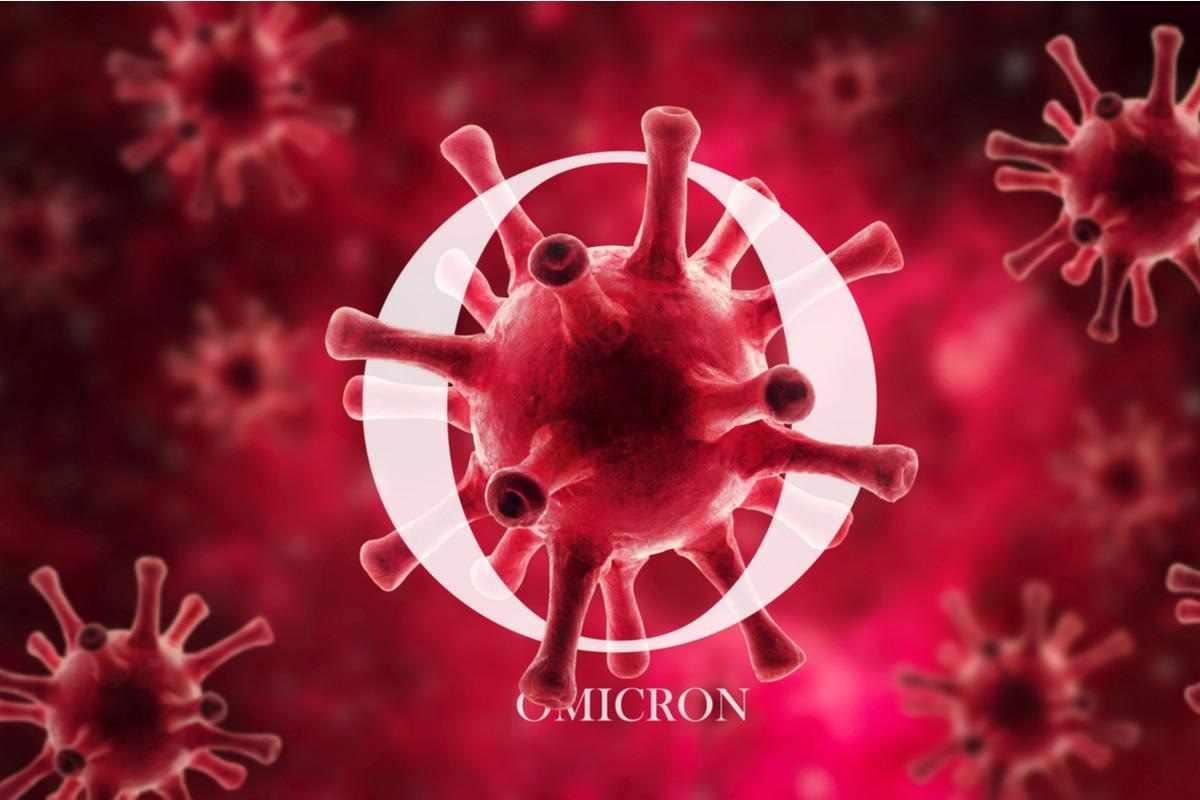In a recent study posted to the bioRxiv* preprint server, researchers assessed the cross-neutralization among three sublineages of the severe acute respiratory syndrome coronavirus 2 (SARS-CoV-2) Omicron variant: BA.1, BA.2, and BA.3 sublineages, and an additional strain, USA/WA1-2020 (wild-type) in mice.

Background
The most recently emerged Omicron variant has three sublineages, BA.1, BA.2, and BA.3, among which BA.1 caused the initial surge of Omicron across the globe, whereas BA.2 is now the dominant strain in many regions globally, with low BA.3 frequency. The ongoing replacement of BA.1 by BA.2 underpins the importance of understanding the cross-neutralization of the Omicron sublineages to guide coronavirus disease 2019 (COVID-19) vaccine strategies and public health policies.
About the study
In the present study, researchers assessed the neutralization of BA.1 against BA.3, BA.2 subvariants, and USA/WA1-2020, a viral strain isolated during the end of January 2020.
BA.1, BA.2, and BA.3 S sequences were derived from the Global Initiative on Sharing All Influenza Data (GISAID) database EPI_ISL_7605591, EPI_ISL_6795834.2, and EPI_ISL_6640916, respectively. Passage 1 (P1) viral stocks were generated from the complementary deoxyribonucleic acid (cDNA) clones of the corresponding viruses and used to assess viral neutralization. The spike (S) gene from every P1 virus was sequenced to ensure no undesired mutations were present. The viral genotypes were confirmed by Sanger sequencing.
A total of 20 human sera samples were obtained on days 8 to 62 from unvaccinated subjects with reverse transcription-polymerase chain reaction (RT-PCR) confirmed BA.1 infection. Subsequently, the sera were inactivated with heat at 56°C for half an hour before viral neutralization tests. To facilitate viral neutralization assessment, a mNeonGreen (mNG) reporter was engineered into the four recombinant viruses, resulting in BA.1-, BA.2-, BA.3-, and wild-type S mNG SARS-CoV-2s.
The neutralizing geometric mean titers (GMTs) against the four SARS-CoV-2 strains viz. USA/WA1-2020 (wild-type) and three USA/WA1-2020 having the full-length S protein of Omicron BA.1, BA.2, and BA.3 sublineages using fluorescent focus-reduction neutralization tests (FFRNT) based on SARS-CoV-2 mNGs.
Results
BA.1-infected sera neutralized USA/WA1-2020, BA.2, BA.3, and BA.1 strains with GMTs of 16, 445, 102, and 107, respectively. Therefore, the GMTs against the heterologous USA/WA1-2020, BA.3, BA.2 and were 28.4-, 4.4-, and 4.2-fold lower compared to the homologous Omicron BA.1 GMT, respectively.
Sera from all samples neutralized the BA.1 sublineage with neutralizing antibody titers ≥80, and 12 sera did not effectively neutralize the USA/WA1-2020 strain. Of note, two serum samples neutralized BA.2 with higher efficiency than the BA.1 sublineage.
Infection by BA.1 elicited equivalent cross-neutralization against BA.3 and BA.2 sublineages, although at an efficiency 4.4-fold and two-fold lower than that against the BA.1 sublineage. This finding contrasted with the neutralizing titers from vaccinated subjects’ sera (obtained at one-month post three Pfizer/BioNTech’s BNT162b2 vaccine doses) which neutralized BA.2 and BA.1 with much greater efficiency than the BA.3 sublineage. The BA.1 neutralization against the wild-type USA/WA1-2020 strain was 6.4- and 6.7-fold lesser than that against the BA.3 and BA.2, respectively.
Two doses of the BNT162b2 vaccine were inadequate for eliciting efficient neutralizing titers against Omicron, whereas three BNT162b2 vaccine doses produced strong neutralizing titers against the Omicron variant. Although Omicron-neutralization was robust for four months, the durability of such viral neutralization after four months after a triple dose vaccine regimen needs to be evaluated. Data on the neutralizing titers post three vaccine doses, and the real-world vaccine efficacy are needed to guide the fourth dose timing.
Non-Omicron COVID-19 did not induce robust neutralizing titers against Omicron, indicating that previously infected subjects must be vaccinated to decrease the Omicron health threats. The BA.1 cross-neutralization against BA.3 and BA.2 indicates that BA.1-positive subjects are more likely to have protection against BA.2 infections.
The non-neutralizing antibody-mediated humoral immunity and the vaccine-mediated T lymphocyte immunity could also protect against critical COVID-19. Post-infection or vaccination, most T lymphocyte epitopes are highly conserved against the Omicron S. Thus, three BNT162b2 vaccine doses confer protection against Omicron-induced COVID-19, although the protection waned with time. However, the overall efficacy remained at high levels for six months post the third vaccine dose. Laboratory analyses and vaccine efficacy in the real world would guide booster dose strategies to attain optimal duration and breadth of protection.
Conclusion
Overall, the study findings demonstrated the antigenic distinctions among S of the different sublineages, which must be considered when making decisions for switching the vaccine sequences to novel variants. If future variants descend from Omicron, switching the vaccine sequences to an Omicron S is of conceptual interest. The study results also support the administration of vaccine boosters to decrease the disease burden of the ongoing Omicron wave.
*Important notice
bioRxiv preliminary scientific reports that are not peer-reviewed and, therefore, should not be regarded as conclusive, guide clinical practice/health-related behavior, or treated as established information.
- Zou, J. et al. (2022) "Cross-neutralization of Omicron BA.1 against BA.2 and BA.3 SARS-CoV-2". bioRxiv. doi: 10.1101/2022.03.30.486409. https://www.biorxiv.org/content/10.1101/2022.03.30.486409v1
Posted in: Medical Science News | Medical Research News | Disease/Infection News
Tags: Antibody, Coronavirus, Coronavirus Disease COVID-19, covid-19, Efficacy, Frequency, Gene, heat, Homologous, immunity, Influenza, Laboratory, Lymphocyte, Omicron, Polymerase, Polymerase Chain Reaction, Protein, Public Health, Respiratory, Sanger sequencing, SARS, SARS-CoV-2, Severe Acute Respiratory, Severe Acute Respiratory Syndrome, Syndrome, T Lymphocyte, Transcription, Vaccine, Virus

Written by
Pooja Toshniwal Paharia
Dr. based clinical-radiological diagnosis and management of oral lesions and conditions and associated maxillofacial disorders.
Source: Read Full Article